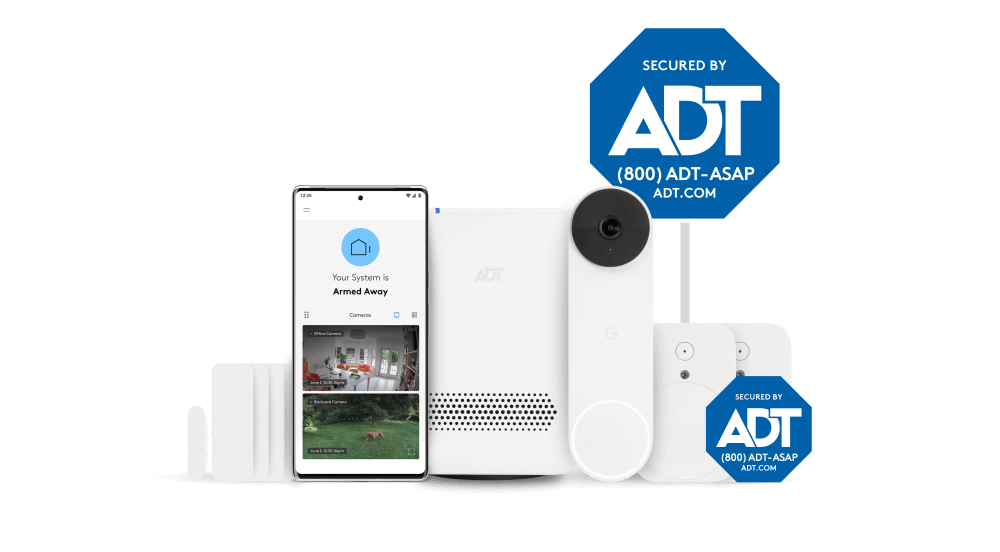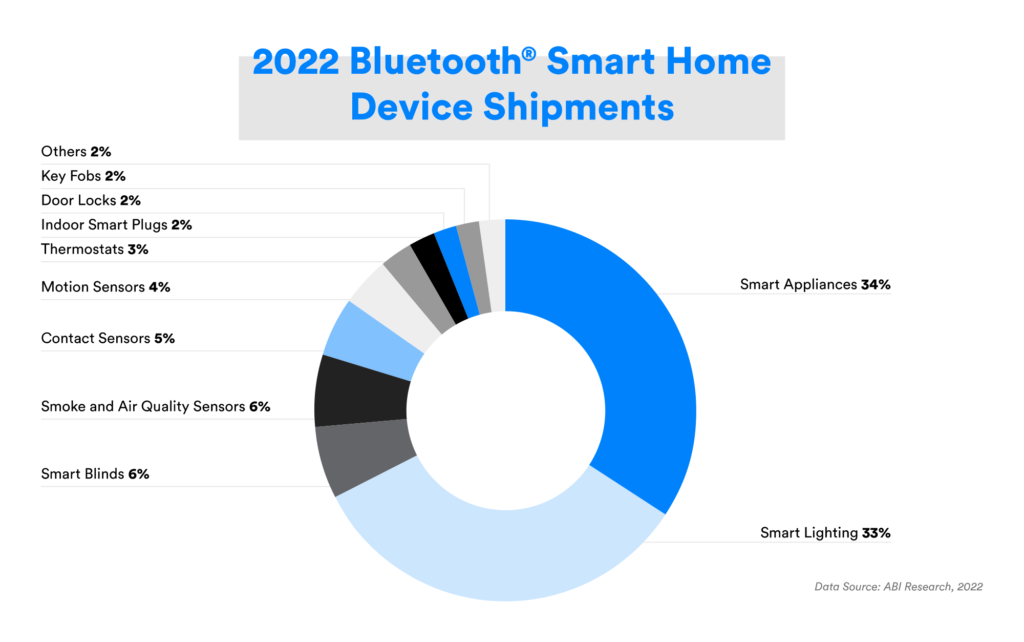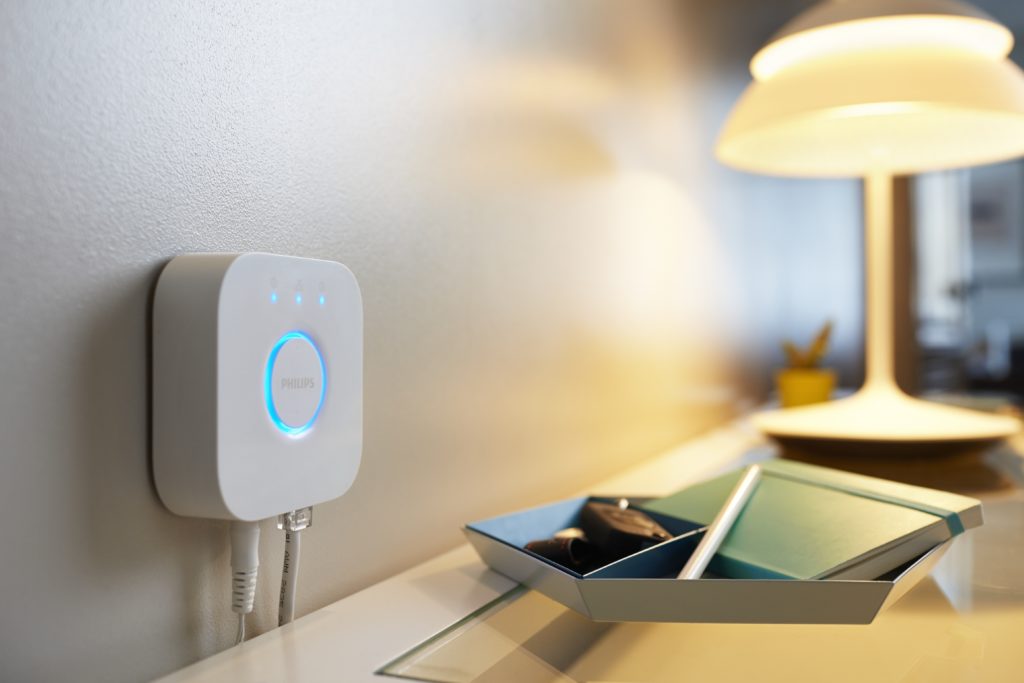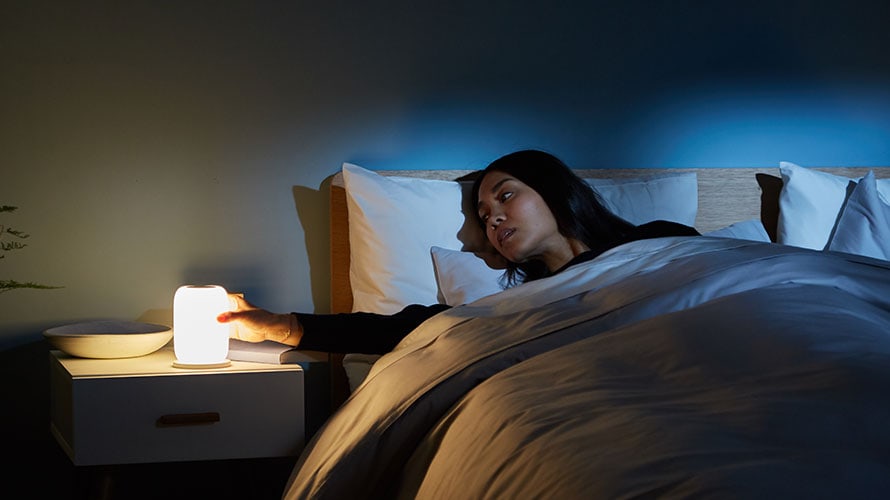This week’s podcast is focused on IoT infrastructure, with our first conversation explaining the upcoming 6G cellular connectivity standard. After that, we discuss sales of IoT connectivity chips and modules, and the leaders in each category before moving on to low-power wide area network news from Unabiz, which is open sourcing the code for Sigfox. Then we talk about smart home systems and devices for aging in place, and what we’d like to see for products in this category. The bad news is we need a standard that no one is currently developing, but the good news is we think people will pay a subscription for these devices, so there’s a reason to create that standard. Security is our next hot topic with news from DoorBird, then an ultrasonic exploit, a garage door exploit, and a Wi-Fi exploit. We then discuss the market update from the Bluetooth SIG. Finally, we answer a listener question about which new Matter or Zigbee light bulbs to buy.

Our guest this week is Tarun Gupta, the chief product officer at Skylo, a company that is using existing satellite infrastructure to converge satellite and cellular networks. Gupta explains what satellite connectivity is good for in the IoT, and how we can expect convergence between the cellular and satellite networks to occur. He also explains why Apple’s and Qualcomm’s satellite approaches differ from other options out there, and how the latest release of the LTE standard will drive the convergence between cellular and satellite networks. We then discuss the concerns around space trash and whether companies need to own their own constellation of satellites. Enjoy the show.
Hosts: Stacey Higginbotham and Kevin Tofel
Guest: Tarun Gupta, the chief product officer at Skylo
Sponsors: OnLogic and Silicon Labs
- Why 6G is ready-made for the industrial IoT
- We need a Matter-like standard for devices aimed at aging in place
- DoorBird’s new firewall is an interesting approach to security risks
- Why satellite connectivity is everywhere this year
- These are the best use cases for satellite coverage in IoT
Podcast: Play in new window | Download | Embed
Subscribe: RSS





